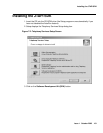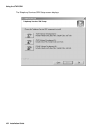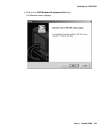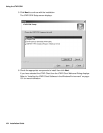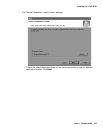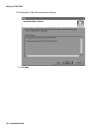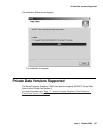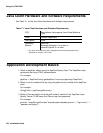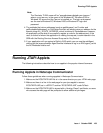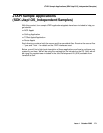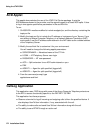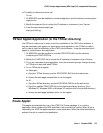
Running JTAPI Applets
Issue 1 October 2003 169
Note:
Note: The Simulator TLINK name will be "avaya#cstaserv#csta#<your tserver>"
where <your tserver> is the name of the Windows NT, Windows 2000 or
Windows XP server that the Tserver is installed on. The login and passwd
are the user's Windows NT, Windows 2000 or Windows XP login and
password.
4. The methods that return addresses (such as getAdresses() on Provider and
getRouteableAddresses() on CallCenterProvider) will always return an address for the
special string ALL_ROUTE_ADDRESS, which is defined in RouteAddress. However,
an application will be able to successfully register a route for the address only if the
user, on behalf of whom the application is making the request, is administered in the
SDB with the Routing Services Access Group set to 'Any Device'.
5. If your application will run against a Definity EAS switch you can use the addAgent
method on the javax.callcenter.AgentTerminal interface to log in an EAS agent, just let
the ACDAddress field be null.
Running JTAPI Applets
The following instructions describe how to run applets in the popular internet browsers.
Running Applets in Netscape Communicator
Follow these guidelines when running appplets in Netscape Communicator.
1. Make sure the ECSJTAPID.JAR file is in the same directory as your HTML web page.
2. Make sure there is a line in the web page for your java applet to access
ECSJTAPID.JAR, as in <APPLET archive="ECSJTAPID.JAR" code=TsTest>
3. Make sure the ECSJTAPID.JAR is signed with a Verisign Class 3 certificate, so users
who access the web page will be prompted to allow additional privileges.



